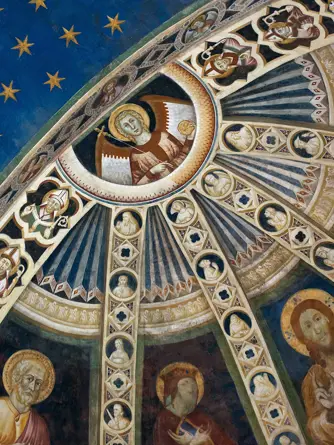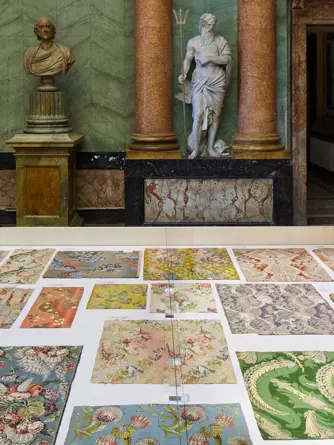Love Lives At Villa Carlotta
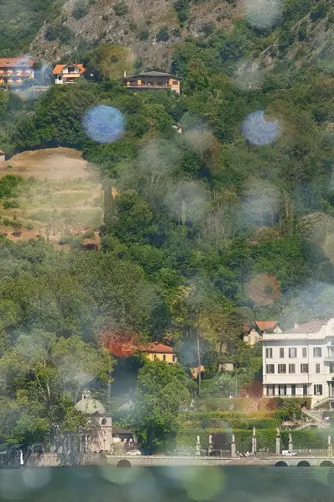
For more than a century, Villa Carlotta has been our closest neighbor. The magnificent garden, quite possibly Lake Como’s most splendid, is not the only thing we share. There is also a deep friendship that unites the two properties, with roots as deep as our shared trees, the friendship between a very young Mariuccia Gandola, the daughter of our founders and a brilliant writer, and a girl her same age named Lotchen Wunder.
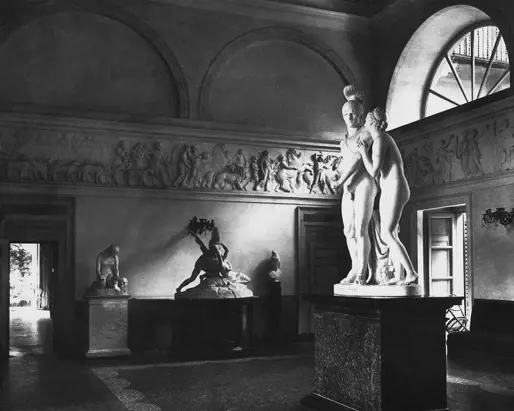
Her father served as superintendent for the Grand Duke of Saxe Meiningen, who purchased Villa Carlotta in 1850. We could go deeper into the history of this grand house, one of the most famous on the shores of Lake Como, all the way back to the Marquis Giorgio II Clerici, who started building the villa in 1690. But we would much rather skip forward and allow you to discover this masterpiece of Italian architecture and art through the Mariuccia’s own words, which are still so alive and thrilling in her telling of the love, the kisses and the passion she associates with Villa Carlotta.
His collection received praises from such luminaries as Stendhal, Flaubert and, above all, Lady Morgan, an Irishwoman and one of the most famous travel writers of the Romantic age.
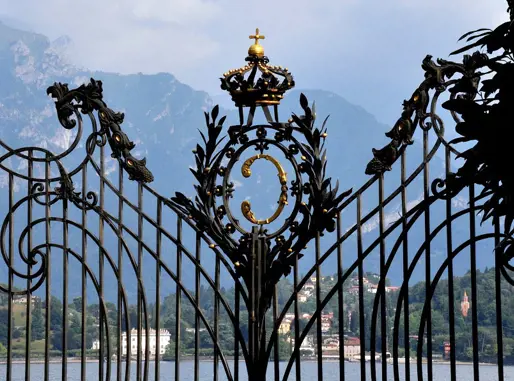
This corner of paradise also tells the tale of yet another extraordinary woman, Princess Marianne of Nassau, the wife of the Prince of Prussia, herself a prolific art collector with more than six hundred paintings in her collection. She bought the villa in 1843 and presented it to her daughter Charlotte – the eponymous Carlotta – just seven years later on the occasion of her wedding to George II, Grand Duke of Saxe-Meiningen. Charlotte married for love, which was quite rare at the time, at the age of just sixteen, the same age as Mariuccia. And like her, our diarist loved to stroll through the villa’s grand hallways, admiring the works of art. The sensual embrace of Cupid and Psyche as rendered in marble by Adamo Tadolini between 1818 and 1820 was based on a model by Canova, while the statue of fair Palamedes in the next room was sculpted by the master himself. And, of course, the wildly romantic Last Kiss of Romeo and Juliet, painted by Hayez in 1823.
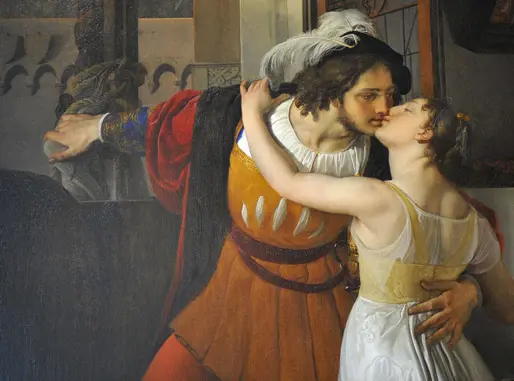
“If there is a season I love madly, it is autumn,” Mariuccia writes in her diary. “I love these months that are still warm here, when the leaves are ablaze and become golden. I love them for a very particular reason: because I can return once again to embrace my friend Lotchen. In July and August, when the Grand Duke and his wife are in residence, no one is allowed to even approach the villa. But when at last they leave, my beloved dog and inseparable companion Doc and I are welcome once again. Lotchen is already expecting us for a picnic in the park, all we have to do is pass from one garden to the next and let our dreams run free.”
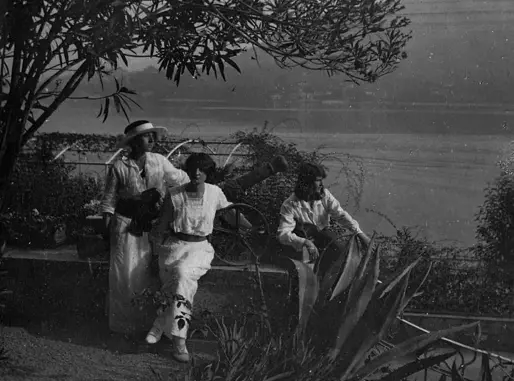
“Just as I was about to be overcome by this tragic farewell,” Mariuccia recalls, “Doc barked and brought me back from my reverie. Could I really blame him? After all, I missed him, too, and then Lotchen and I led him out into the park and raced down the lane to see who would get to the trunk of the massive plane tree first…” Going as fast as their legs could take them, Mariuccia, Lotchen and Doc zigzagged through this archetypal Italianate garden, with a geometric and rational design dating back to the villa’s origins, only to emerged in the vast romantic park of the nineteenth century, cultivated with such care by Georg II, his son Bernhard III, a keen botanist, but especially Wilhelm Vitus Snell, chief gardener of the court of Saxe-Meiningen. It was Snell himself who had first brought rhododendron, originally from the Himalayas, to Lake Como’s shores
Since that time, Tremezzina has come to know new colors and an entirely new sense of beauty. But that is a different story, Mariuccia would say, a story for another day in her diary, another article in our Gazette. Now, as autumn arrives, let us relish the fresh beauty of this regenerative park a little longer, let us discover the Zen-like tranquility of its bamboo forest and the earthy aromas of its vegetable garden. It’s almost time to return “home” with Mariuccia and Doc for five-o’clock tea. There, on the terrace of the Grand Hotel Tremezzo, they are already expecting us...
What exactly were the dreams of these two early nineteenth-century girls, dressed in white with their hair down and their noses always in a book? Were they dreaming of the early days of that garden and its strong walls, when nobleman, diplomat and friend of Napoleon Bonaparte Gian Battista Sommariva bought the villa in 1801 and turned it into his private art gallery? Among his illustrious artist friends were Antonio Canova, Jacques-Louis David, Pierre Paul Prud’hon, Bertel Thorvaldsen and Francesco Hayez. His collection – which, let’s not forget, was the “contemporary art” of its time – received praises from such luminaries as Stendhal, Flaubert and, above all, Lady Morgan, an Irishwoman and one of the most famous travel writers of the Romantic age. It was the evocative descriptions in her book Italy from 1821, exactly two centuries ago, that introduced the marvels of Lake Como to the Anglo-Saxon world. “As we stroll through the park, we still hear the footsteps of this intrepid traveler, and Lotchen and I imagine ourselves embarking on an adventure to some faraway destination. We open the atlas, point at a random spot and, in our minds, we are already there.”

